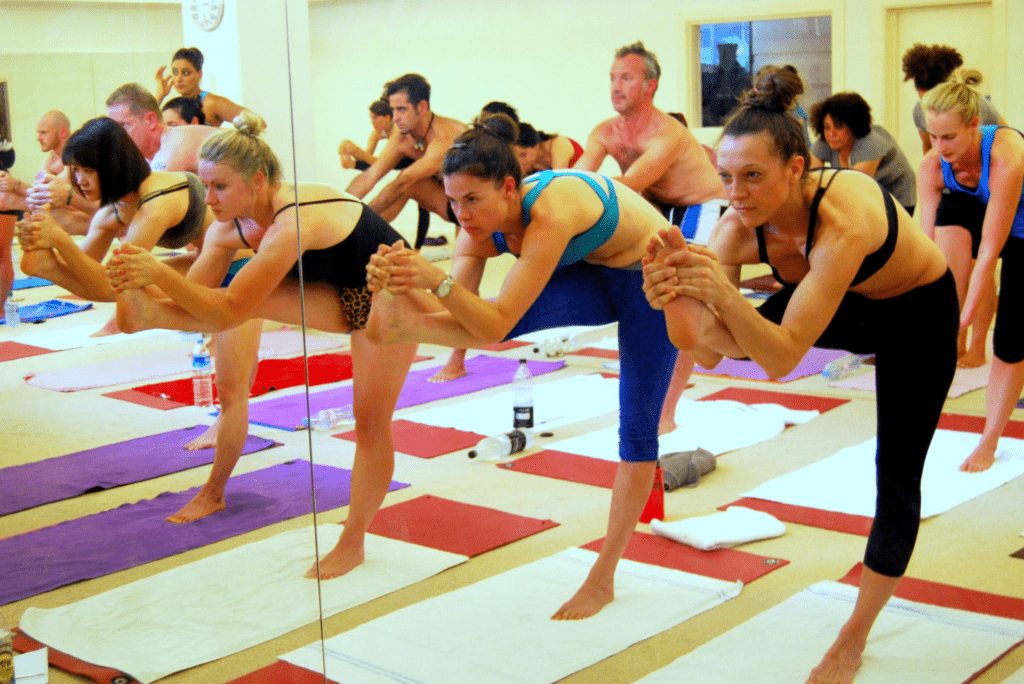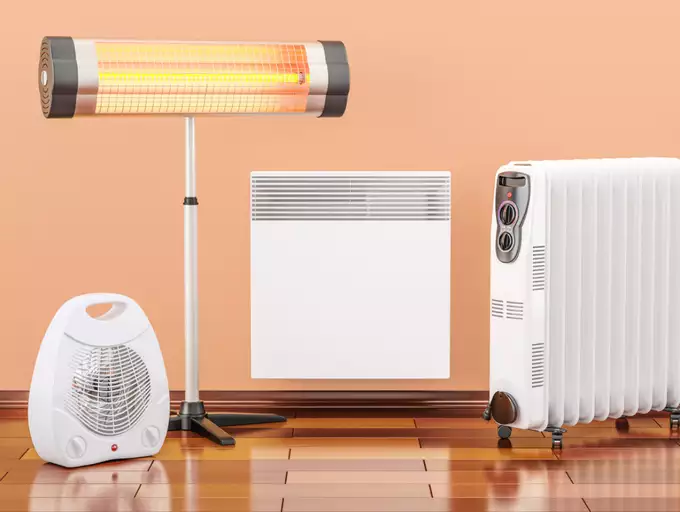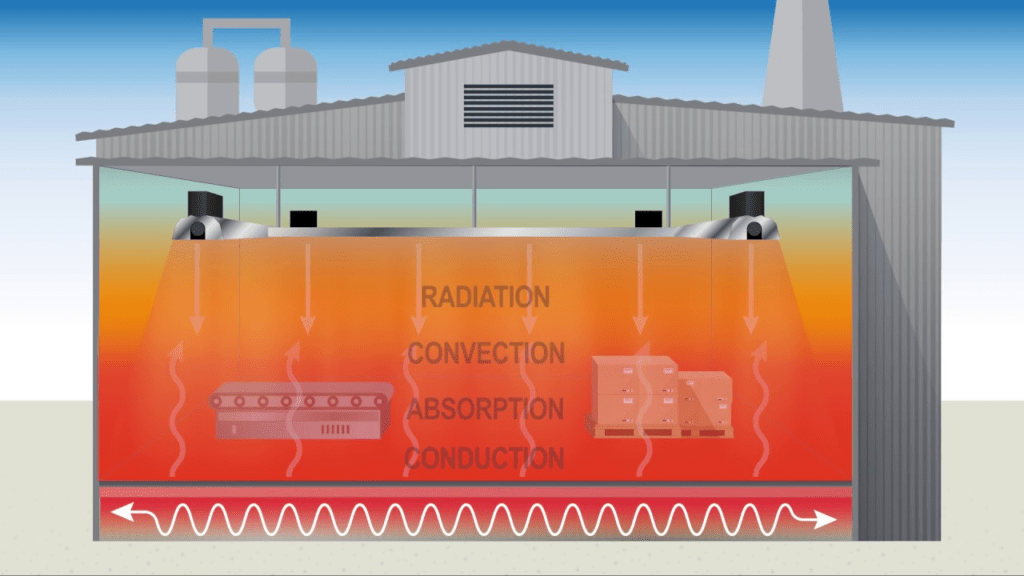
How To Heat Your Hot Yoga Studio?
Hot Yoga is an extensive yoga program performed at a Hot Yoga Studio. A hot yoga studio requires a temperature of 40 degrees Celsius or a warm space between 27 and 38 degrees Celsius. Beginners in yoga must be wondering why so much heat or warmth. Hot Yoga is meant to make you sweat and perspire as you perform the exercises.
There are many reasons for it:
- When the temperature is high, your blood flow increases, and you can stretch to the poses
- With heavy sweating, you release the toxins in your body
- You tend to lose weight if you are obese
According to Edward Laskowski, co-director of the Mayo Clinic’s Department of Sports Medicine, “Heat, in general, dilates the blood vessels so it brings blood flow to the muscles… muscles need blood flow when they are working, they need oxygen that is delivered by the blood!”
Also, according to preliminary research presented at the American Heart Association’s Hypertension 2019 Scientific Sessions, hot yoga lowered blood pressure in a small study of adults with elevated or stage 1 hypertension! It’ll pump your heart faster, which means a better cardio workout!
The downside of hot yoga studio heating systems is that as you lose more water from your body while doing such vigorous exercise, you get dehydrated quickly and may feel lightheaded. That’s why a good yoga teacher will always advise you to drink enough water before entering a hot yoga studio and between exercises.
Fact: The hot yoga boom is now a $100 billion industry, with thousands of qualified hot yoga instructors setting up studios worldwide.
Now, the question that arises for any hot yoga instructor is how to heat a hot yoga studio. Whether you are at Zoom offering online hot yoga classes or teaching in a physical studio, Vinyasa or Bikram Yoga, you need a heating system for your hot yoga studio.
Hot Yoga Studio Heating Systems

There are various ways to heat your hot yoga studios. Popular hot yoga studio heating systems warm up your yoga studio. When you think of a hot yoga studio heating system, then look for
- Which energy source will you use? Do you want a gas heater or an electric one?
- Then there are space heaters, which only heat a particular area of your space, and central heating systems, which heat the entire room.
- The heating type you want, whether forced air or a radiant one such as infrared
- Look for your budget, costs of the heating system along with any hidden costs such as electiric bill
- Also, find the quality of the insulation in your building
- When you put up any hot yoga studio systems, find the duration of the heating system warranty and the durability of your heater.
Also, you need to watch where you place your heaters in your hot yoga studio heating systems. Do you want them mounted on walls or placed on the floor? If the hot yoga studio heating systems are manageable, they can be placed on the floor. You need to think about the ventilation in the yoga studio because if you have closed all the doors and not let the room’s warmth go, you still need fresh air; otherwise, many of your students might get sick.
If you are not well equipped with knowledge on hot yoga studio heating systems, then you should hire a professional consultant. They can help you with everything from choosing the heaters to installing them.
Yoga Studio Heating Systems

As mentioned above, yoga studio heating systems depend on the energy system. Here are the common ones that many yoga studio owners prefer to heat their yoga spaces.
1. Gas Heaters
You are aware of gas heaters, as many of you might be using these types of hot yoga heating systems in your home. Though they are traditionally used and are good, they can have certain environmental and health implications.
For example, a furnace heating system spreads allergens around and is unsuitable for the environment.
2. Electric Heaters
Many people choose electric heaters for hot yoga studio heating systems. These heaters are better than gas heaters, and there is no extra infrastructure cost to remove gas vapors from the room.
You need to consider the electric cost according to your area and calculate how many units of power your heating system will consume. Remember to decide which energy system is best for your yoga studio’s heating.
Heating Methods To Use
You must also choose which heating method you’ll use: forced-air, radiant, baseboard, or infrared.
1. Forced Air Heater
When using a forced air heater gas or electric-powered furnace sucks in air from the building and heats it using a heat exchanger like in gas furnaces or heating coils as in electric furnaces. Then, the distribution of heated air around the building happens through a network of ducts, and heated air is released into the rooms through the vents.
Advantages: Heats the space fast and is easy to install
Disadvantages: The ducts can leak without you knowing, which can lead to substantial energy losses
2. Baseboard Heaters
The baseboard mechanism sucks cold air from the floor of the room and heats it using an electric or hot water heating system and released the heated air to the room.
Advantages: They are cheap and easy to install. It is a better option to heat the entire studio.
Disadvantage: A bit less efficient
3. Radiant Heaters
Radiant heaters are now generally used at most hot yoga studios. This heating system supplies heat directly to all corners of the room through infrared radiation.
Advantages: Heats the room evenly
Disadvantage: You need moisture-resistant flooring because of students ‘ excessive sweating.
Find more about Hot Studio Design Humidity And Heat
Click here to shop for hot yoga heaters
Infrared Heating System For Yoga Studio

An infrared heating system for a hot yoga studio is a radiant heating system. In such heaters, electricity is converted into radiant heat. The infrared panel is part of the electromagnetic spectrum and releases the same heat you feel under the sun.
Infrared heat is the direct transfer of heat from the heater to you and your yoga space without heating the air in between. An infrared heating system for a yoga studio is 100% energy efficient and is therefore admired by Hot yoga studios or Bikram yoga studios. They are very efficient and can heat the room quickly through electromagnetic radiation.
Many doctors recommend the infrared heating system for pain relief as Infrared heat directly penetrates tissue, muscles, and joints, allowing them to heal and regenerate. Infrared heat causes water molecules in the body to vibrate, which wrings out the organs and creates a detoxifying sweat.
Remember, when the body absorbs infrared heat, its natural cooling system kicks in, burning calories and promoting weight loss. Also, the radiating heat opens up the capillaries, oxygenating the organs and lowering blood pressure.
The infrared hot yoga heating systems are cost-effective in terms of electricity bills.
In Australia, you can buy an infrared heating system for a yoga studio at many online stores, including eBay.
Remember that you need to advise your students to hydrate themselves before they join the Hot yoga studio.
New to the Yoga Business? Then find tips on how to start
FAQs
How much will the heating system cost?
The cost of heating systems depends on your studio space, location, and ceiling height. Infrared heaters may cost between $50 and $500, depending on the model you choose. The total cost, including your electric bill, will depend on how many hours per day you use the appliance and its wattage.
How many heaters will I need for my yoga studio?
This entirely depends on your yoga studio space or room. Also, you need to see how many students have enrolled in your yoga class if you want to have smaller units of heating systems in your room. The size of your room makes a huge difference in how much heat you will need to reach a hot yoga temperature.
Do heating systems need maintenance?
Yes, like any other appliance, heating systems need maintenance. Again, this entirely depends on the brand you are buying. Heating panels generally don’t need any maintenance, but infrared quartz heaters may need a replaceable heating element after 5000 hours of life.
How much Hot should be the hot yoga studio?
It should be between 32 and 40 degrees Celsius. For Vinyasa, you typically need 32°C, and for Bikram, around 40-41°C.
Where can I buy the best heaters online?
The best heaters online can be found at Amazon, eBay, and many other sites. Before you spend your money, you can compare the prices and see the specifications of each one. Some of the well-known brands in Australia are Sunny Heat, Heat On, Herschel, and others.
